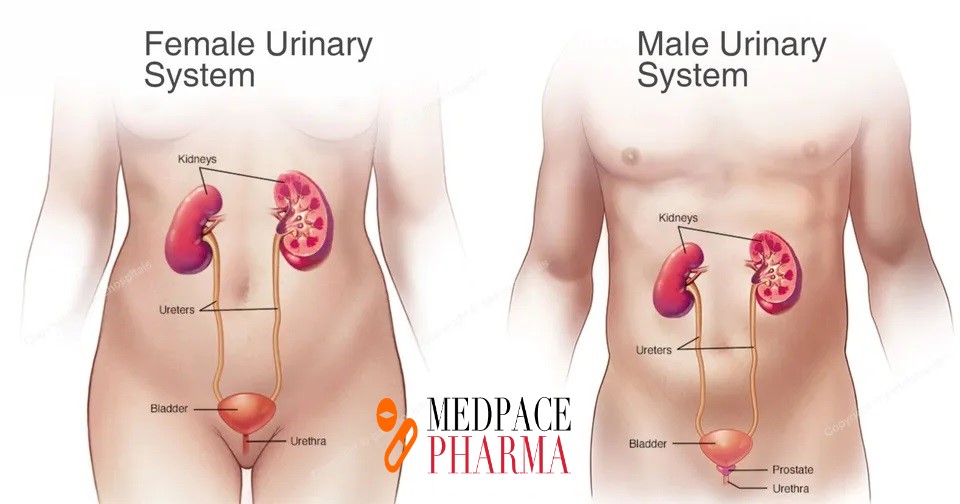Kidney Stones: Causes, Symptoms and treatment options

What’s a kidney stone?
A stone in your kidney is an irregularly-shaped solid mass or crystal that can be as small as a grain of sand up to the size of a golf ball. Depending on the size of your kidney stone (or stones), you may not even realize that you have one. Even small stones can cause extreme pain as they exit your body through your urinary tract. Drinking fluids may help the process, which can take as long as three weeks.
A large kidney stone can get trapped in your ureter (the tube that drains urine from your kidney down to your bladder). When this happens, the stone can cause bleeding and keep urine from leaving your body. You may need surgery for a stone that can’t pass on its own.
What are the most common types of kidney stones?
The most common type of kidney stone is a calcium oxalate stone. This type happens when calcium and oxalate combine in your urine. It can happen when you have high quantities of oxalate, low amounts of calcium and aren’t drinking enough fluids.
Stones caused by uric acid are also fairly common. These come from a natural substance called purine, which is a byproduct of animal proteins (meat, chicken and fish).
How common are kidney stones?
Researchers have concluded that about one in ten people will get a kidney stone during their lifetime. Kidney stones in children are far less common than in adults but they occur for the same reasons. They’re four times more likely to occur in children with asthma than in children who don’t have asthma.
Who’s most likely to get kidney stones? What are the risk factors?
White men in their 30s and 40s are most likely to get kidney stones. However, anyone can develop kidney stones.
There are several risk factors for developing kidney stones. These include:
- Not drinking enough liquids.
- Having a diet that includes the substances that form the stones (phosphate, for example, is in meat, fish, beans and other protein-rich foods).
- Having a family history of kidney stones.
- Having a blockage in your urinary tract.
Certain medical conditions can also increase your risk of developing stones. This is because they may increase or decrease levels of the substances that make up a kidney stone. These conditions can include:
- Hypercalciuria (high calcium levels in your urine).
- High blood pressure.
- Gout and cystic fibrosis.
- Kidney cysts.
- Parathyroid disease.
- Inflammatory bowel disease and chronic diarrhea.
- Some surgical procedures, including weight loss surgery or other stomach or intestine surgeries.
Some medications can increase your risk of developing a stone. These medications include:
- Diuretics (water pills).
- Calcium-based antacids (used to treat osteoporosis).
- Crixivan® (used to treat HIV infections).
- Topamax® and Dilantin® (used to treat seizures).
- Cipro® (ciprofloxacin, an antibiotic).
- Ceftriaxone (an antibiotic).
Certain foods can also place you at risk of a kidney stone. These foods include:
- Meats and poultry (animal proteins).
- Sodium (diets high in salt).
- Sugars (fructose, sucrose and corn syrup).
How are children treated for kidney stones?
Most children’s kidney stones can be treated with the shock wave lithotripsy (SWL), a completely non-invasive procedure. Your child is placed under anesthesia and sound waves of specific frequencies are focused on the stones to shatter them into fragments small enough to be easily passed during urination.
How long does it take to pass a kidney stone?
The amount of time it can take for you to pass a kidney stone is different from another’s. A stone that’s smaller than 4 mm (millimeters) may pass within one to two weeks. A stone that’s larger than 4 mm could take about two to three weeks to completely pass.
Once the stone reaches the bladder, it typically passes within a few days, but may take longer, especially in an older man with a large prostate.
However, pain may subside even if the stone is still in the ureter, so it’s important to follow up with your healthcare provider if you don’t pass the stone within four to six weeks.
